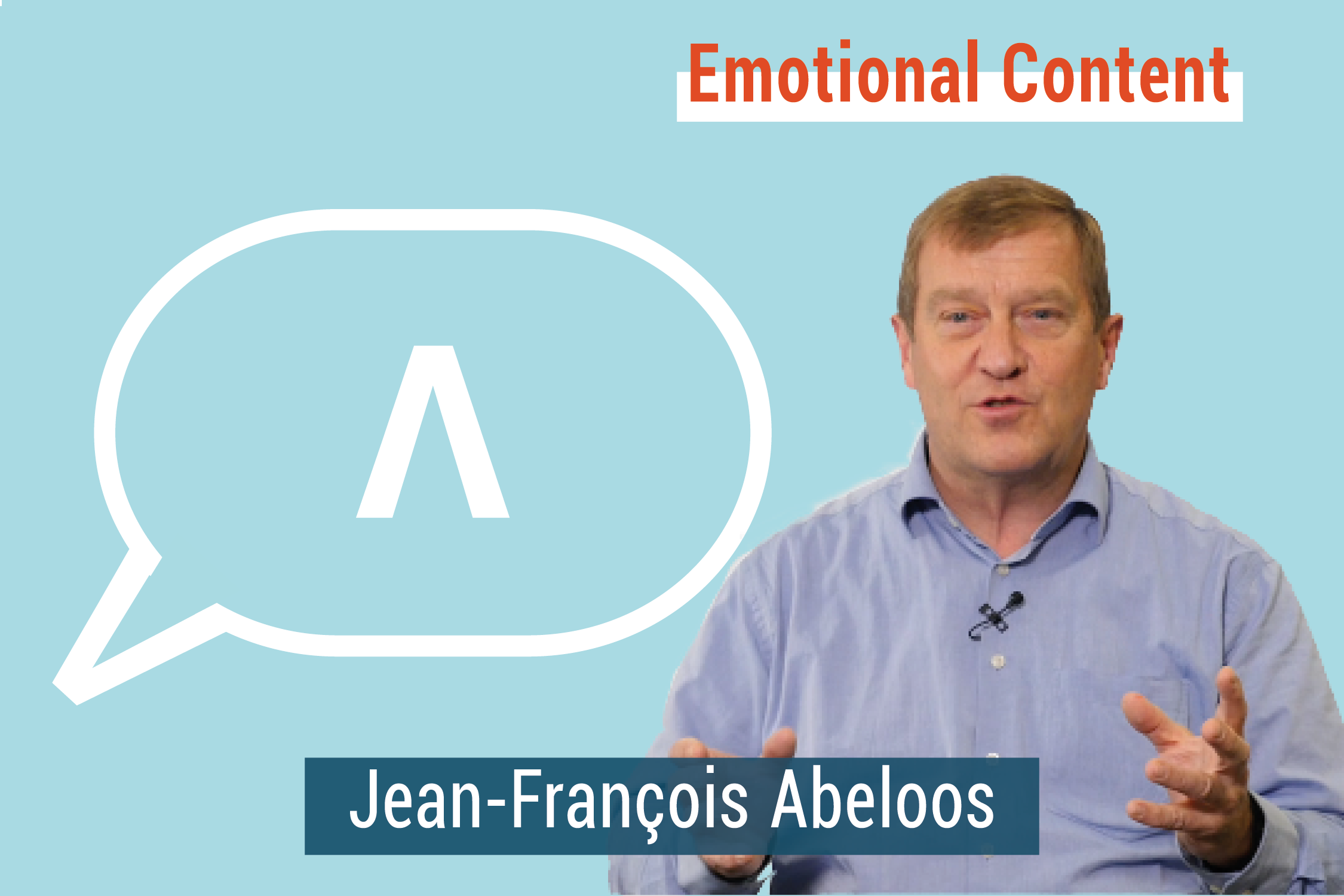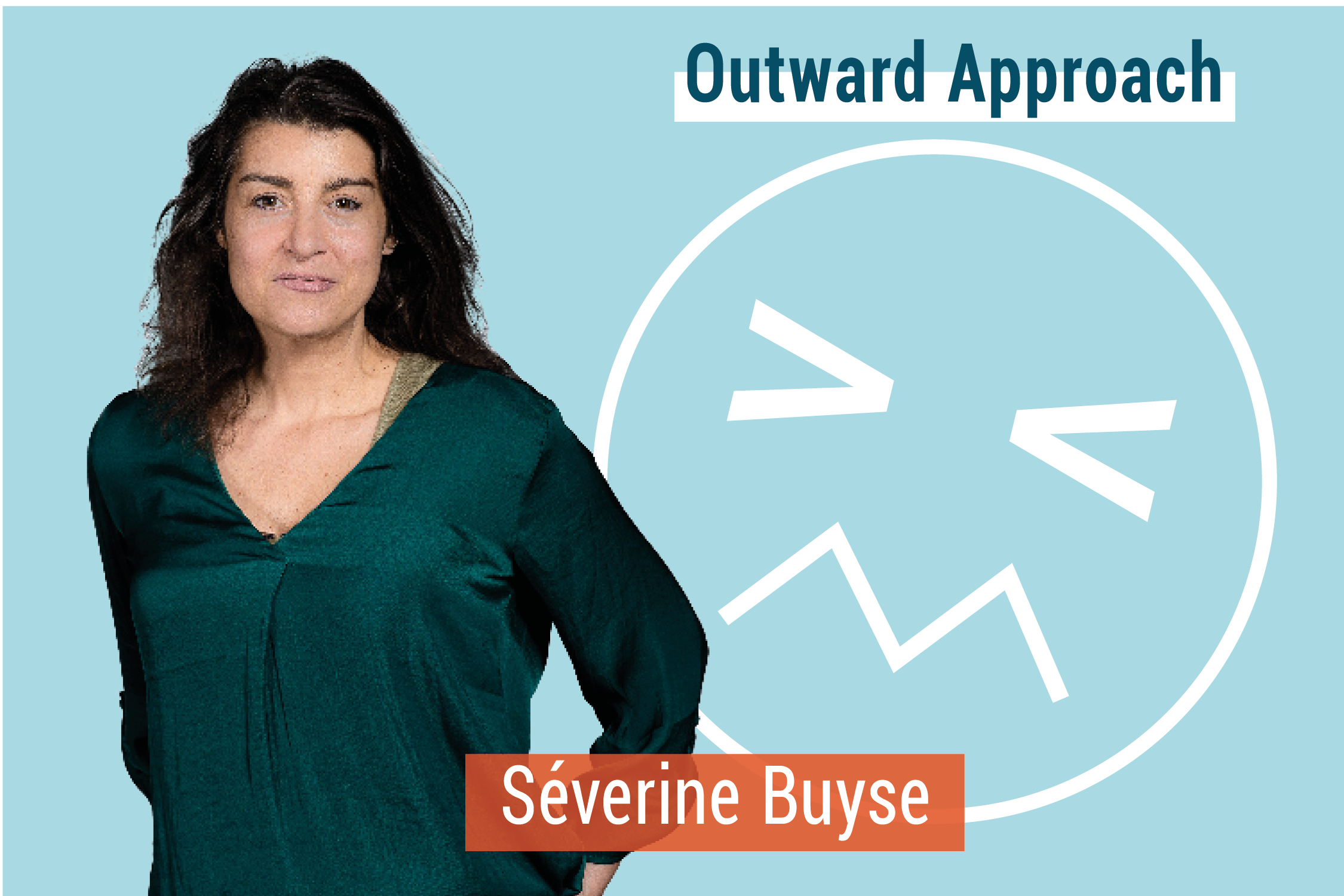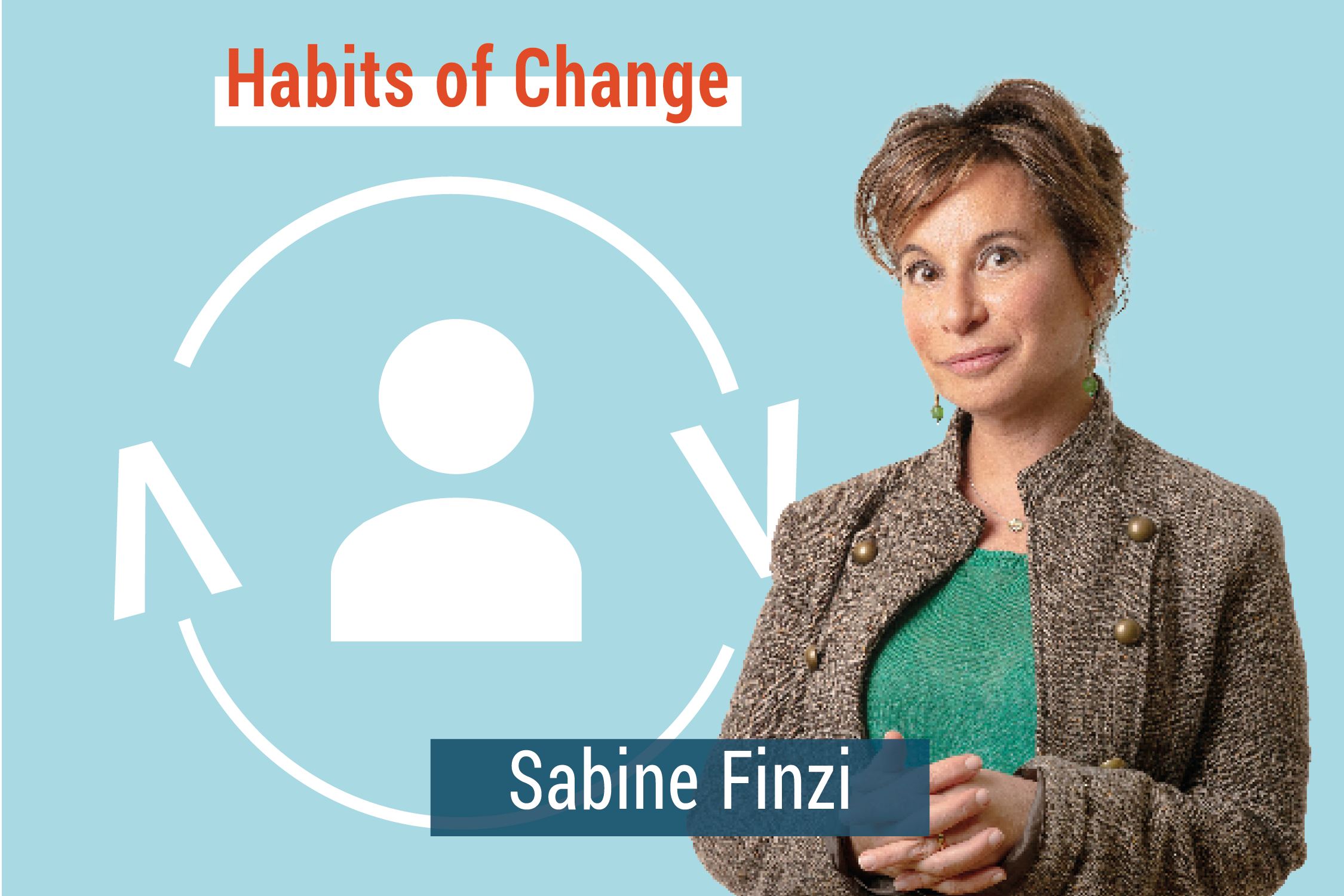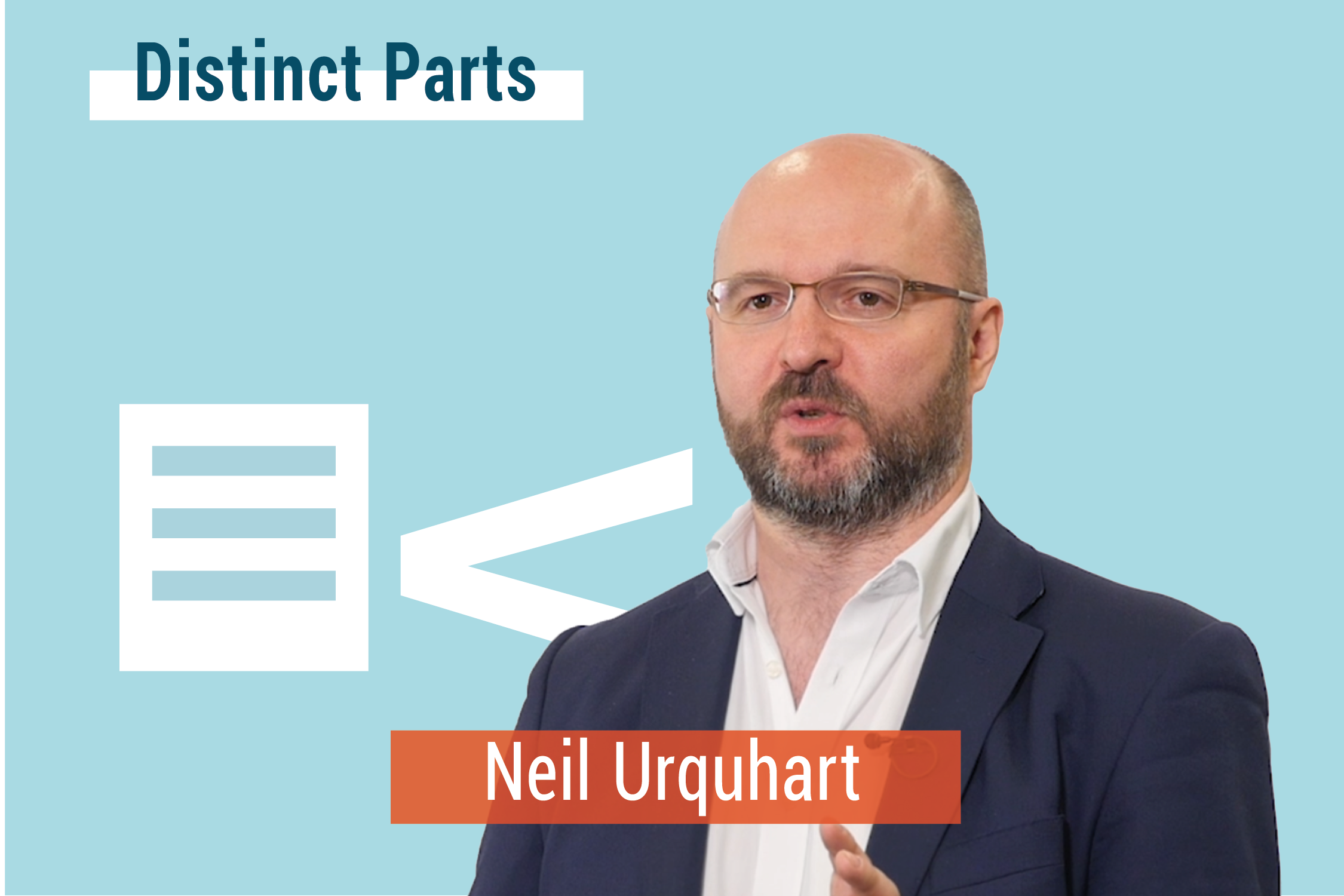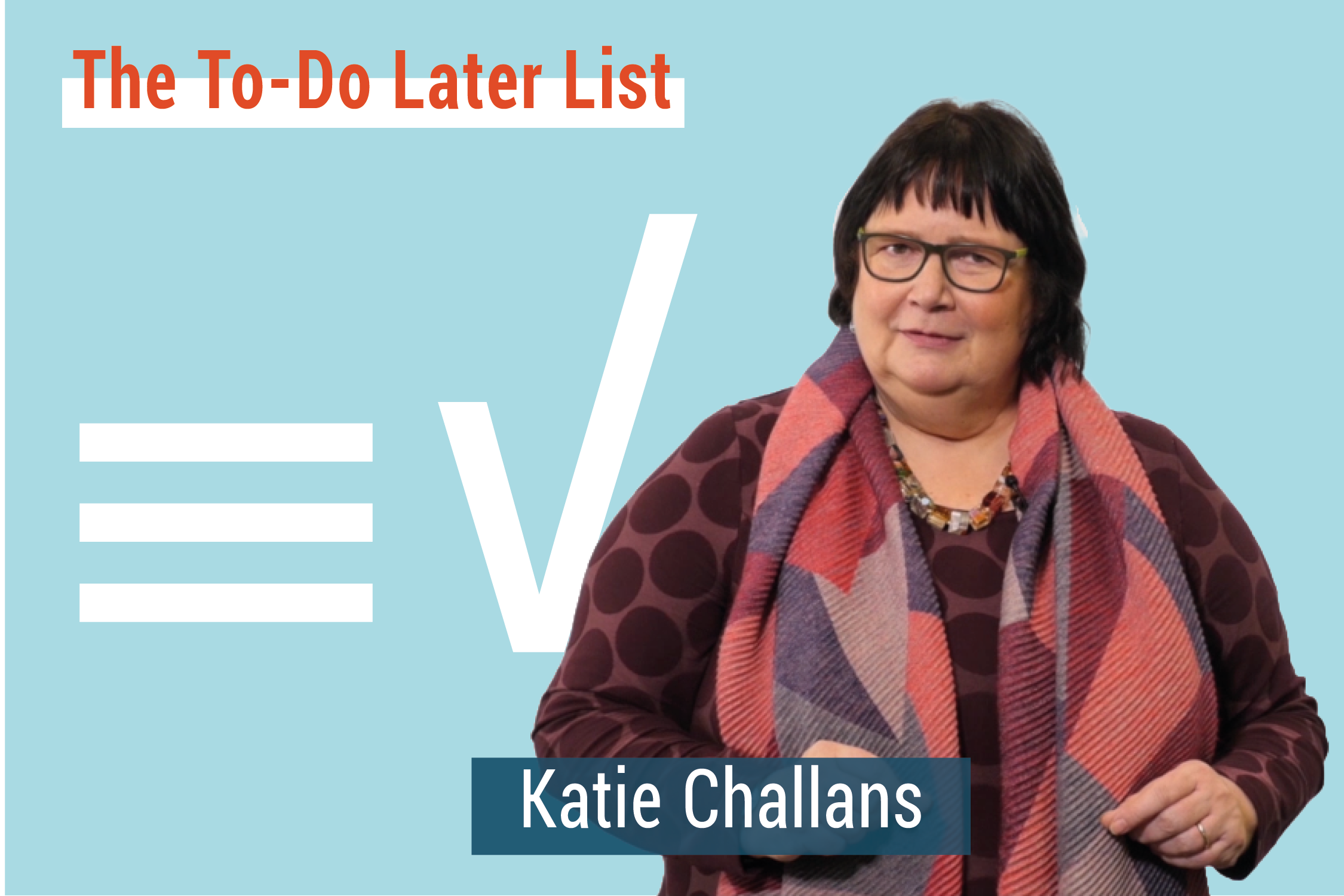
No matter how stressful a situation may be when there is too much work to do, it is important to keep one key fact in mind: no good will ever come from panicking. Taking a deep breath and getting yourself a nice and warm cup of coffee or a glass of water is much more effective than diving right into the action like a headless chicken.
Now that you are relaxed again the next step in establishing order is to record every single thing you still need to do, down to the very smallest of chores. This may seem daunting but will help you to establish order further down the road.
The next step is to also record why all of this work need to be done. Is the task for today’s meeting, a favour to the boss, or a more long-term priority? Writing this down and becoming consciously aware of this will help you to be more effective.
Whilst you are doing this it might become clear that some of these tasks fit together logically. Maybe they are all part the same mini project, or all use the same software. Make sure to group these together so that you can also do them together.
The final step is to create realistic expectations about when your listed tasks can and will be finished: not everything can be done right this very moment, and neither is that necessary. It is important that you are honest about this both for yourself and towards those around you.
At the end of this whole process you will have created both an effective to-do list, and a to-do later list. These will help you navigate even some of the tougher stressful situations with a clear mind, and a much greater personal effectiveness.
Don’t spend time panicking,
spend time planning ;)!
Who is Katie?
Katie Challans is one of our key trainers at AIM & Associés. She delivers the Personal Effectiveness course at the European School of Administration, as well as its online version. She can help you master your day as well as your outlook on things ;).
